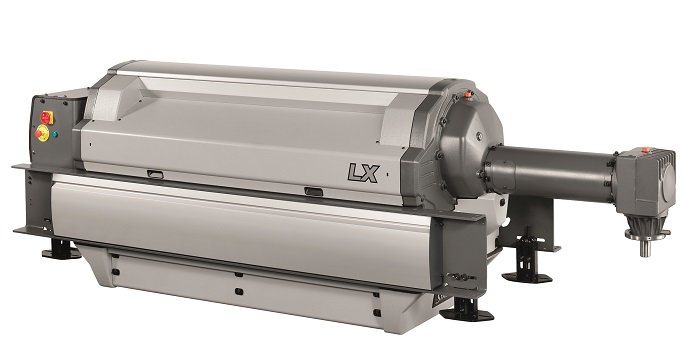
Stäubli promotes solutions for workflow automation
The company, which started in a small workshop in 1892, is now a leading industrial partner for high-quality mechatronic solutions.

3rd August 2017
Innovation in Textiles
|
Pfäffikon
Stäubli, a manufacturer of high-speed textile machinery, is celebrating its 125-year anniversary. The company, which started in a small workshop in 1892, is now a leading industrial partner for high-quality mechatronic solutions and technologies. With three dedicated activities – Connectors, Robotics and Textile – Stäubli is valued by industrial customers for its high-quality products and cutting-edge technologies.
The company came together in the end of the 19th century, the heyday of the Swiss textile industry, when Rudolph Schelling and Hermann Stäubli founded the company Schelling & Stäubli in the Swiss village of Horgen in 1892.

At that time, this village on the shores of Lake Zurich was the site of many mills operating a total of some 1,000 weaving machines. Hermann Stäubli had acquired his initial know-how by repairing these machines. After a short time, he set out to produce machinery. In 1893, Schelling & Stäubli introduced its first dobby, designed and constructed in house.
In 1900, they introduced the world’s first paper-card dobby, equipped with a warp-leasing system that is still widely used today. In 1909, the company was renamed Stäubli.
The Stäubli Group has grown since 1892, in both technical and geographic terms. Already in 1909 Stäubli built its first factory in France, followed by additional production sites in other European countries, as well as in the Americas and China.
The Group’s Textile activities have grown in line with its corporate targets, and Stäubli has become a leading supplier to the global weaving industry. In 1969 Stäubli acquired the German company Trumpelt, which specialised in heavy dobbies. The company then decided to expand its range to include Jacquard weaving. This led to the acquisition of Verdol in Lyon. And to expand its product range to cover the complete weaving process, the companies Zellweger and Schönherr were purchased in 1994 and 1998. Finally, the DEIMO company was acquired, a long-time industry partner providing drive and control systems for a wide range of applications.

The company’s product portfolio now includes SAFIR automatic drawing-in machines, the latest generation of S3000/S3200 dobbies, the LX/LXL electronic Jacquard machines, ALPHA carpet weaving systems, the TF technical weaving systems, and DEIMO knitting solutions.
“The spirit of innovation has defined our company from the beginning – it’s rooted deeply in the nature of Stäubli,” commented Rolf Strebel, Stäubli CEO. “It’s the reason we constantly develop new solutions which add value for our customers. Other decisive factors for our long-term success are the spirit of cohesion amongst our staff around the globe, our inquisitiveness, and our philosophy of continuous improvement. Our aspiration is to constantly improve – on a human, professional, and technical level – and to remain just as successful during the next 125 years.”

With a global workforce of over 4,500, the company generates an annual turnover of 1.1 billion Swiss francs. Founded in 1892, today Stäubli is an international group headquartered in Pfäffikon, Switzerland.

Business intelligence for the fibre, textiles and apparel industries: technologies, innovations, markets, investments, trade policy, sourcing, strategy...
Find out more